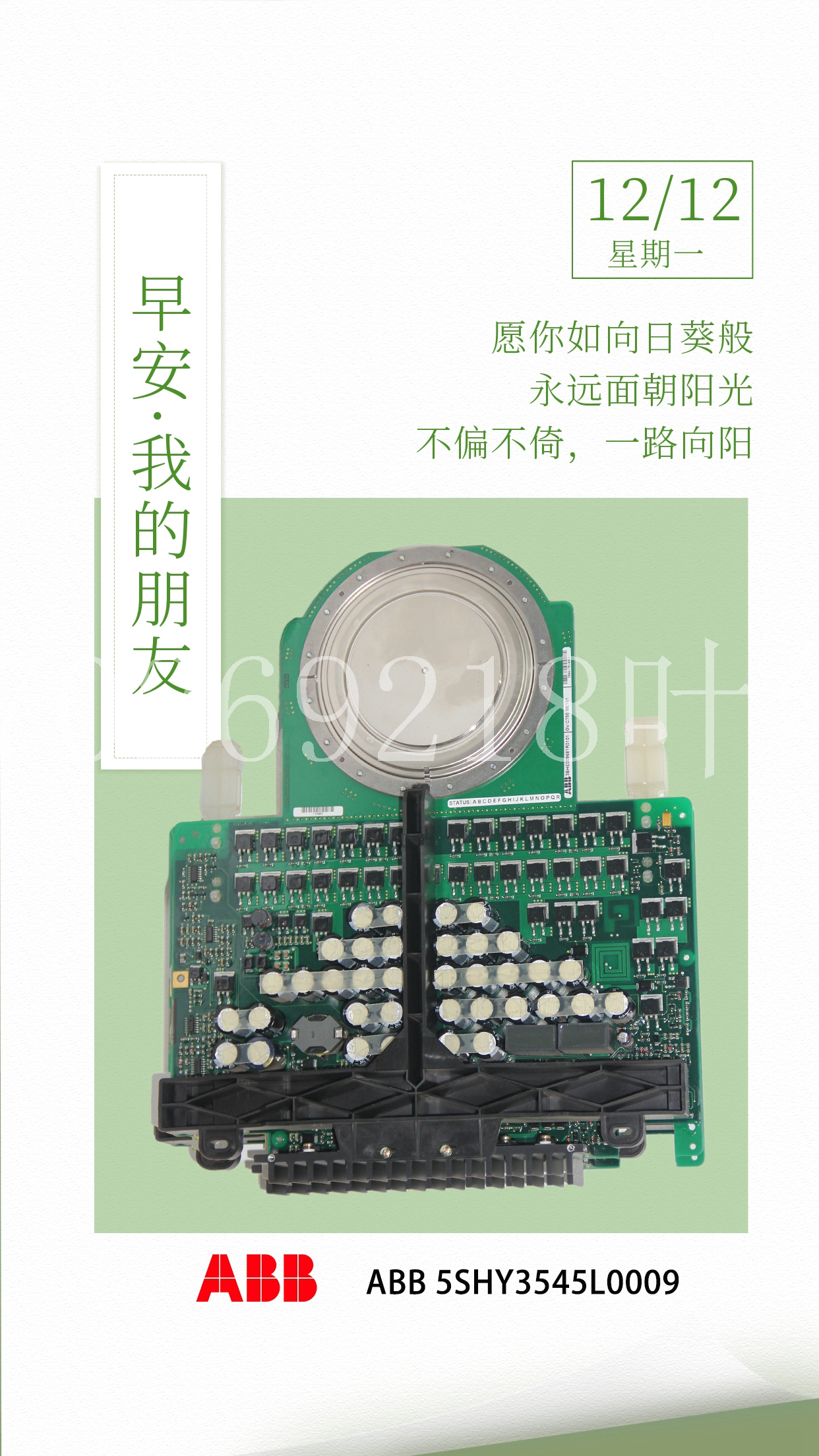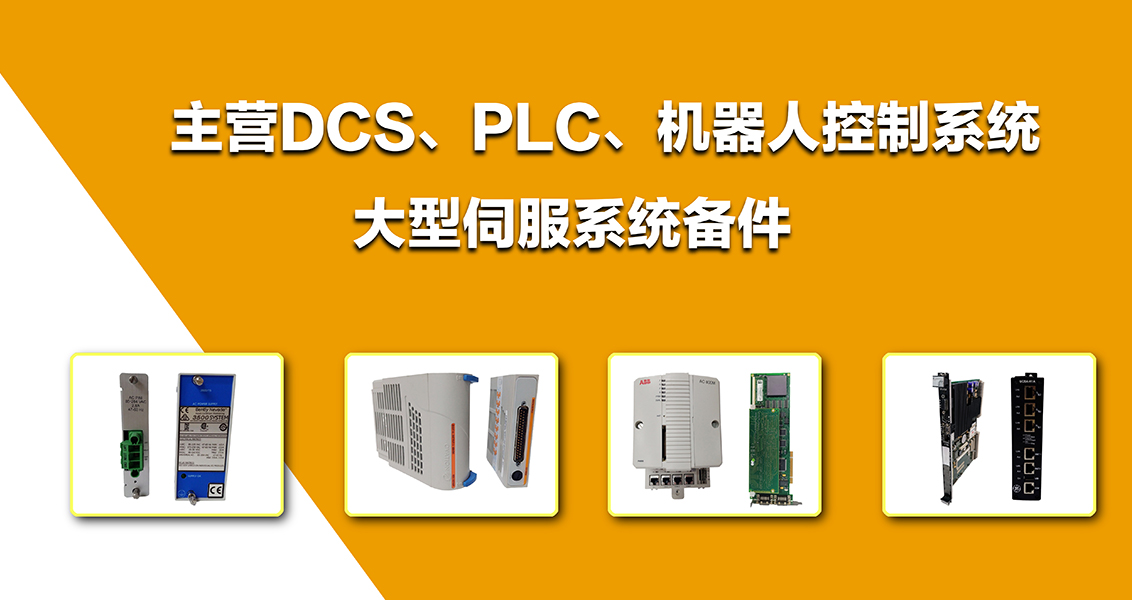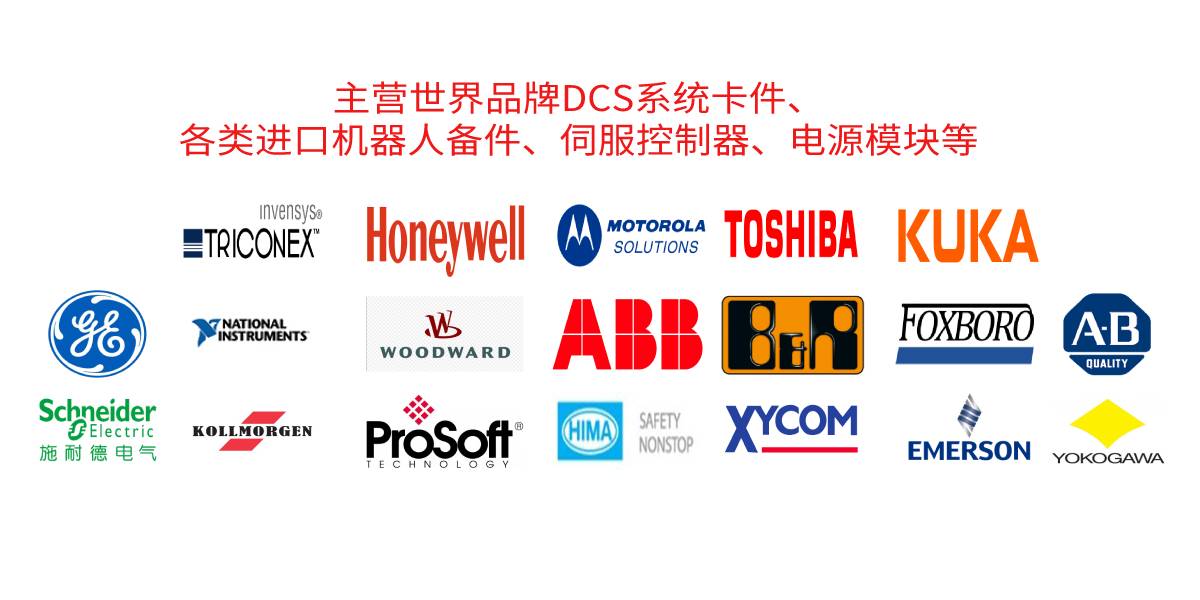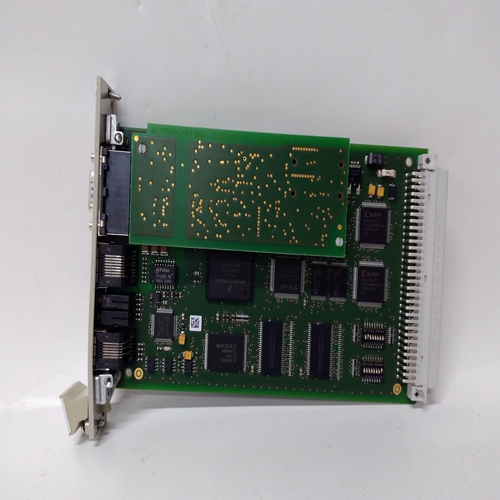HIMA F4102电源模块,模块控制器
RX3i系统手册第3节GFK-2314T 2019年9月安装45 2.6.4.3安装模块警告模块的螺丝端子上可能存在潜在的危险电压,即使背板的电源已关闭。在处理模块的可拆卸端子板及其连接的任何电线时,始终要小心。▪ 确保模块目录号与预期的插槽配置相匹配。▪ 牢牢握住模块,将模块与正确的插槽和连接器对齐。▪ 将模块的后枢轴钩(图24)接合在背板(1)顶部的槽口中。▪ 向下摆动模块(2),直到模块的连接器与背板连接器接合,模块底部的释放杆卡入底部模块固定器(3)中。▪ 目视检查模块,确保其正确就位。1 2 3图24:在背板中安装模块2.6.4.4卸下模块PACSystems*RX3i系统手册第3节GFK-2314T 2019年9月安装46▪ 如果模块具有可拆卸的端子板,请按照本节后面的说明将其拆下。▪ 将释放杆定位在模块底部(图25),并朝模块方向用力向上按压(1)。较宽的模块有两个释放杆,必须同时向上按压。▪ 牢牢握住模块并完全按下释放杆时,向上转动模块,直到其连接器脱离背板(2)。▪ 向上提起模块并使其远离背板,以松开枢轴钩。1 2 3图25:从背板上卸下模块2.6.4.5 I/O模块接线板组件PACSystems*RX3i系统手册第3节GFK-2314T 2019年9月安装47大多数PACSystems RX3i I/O模块具有可拆卸的前接线板组件。这种类型的每个模块都有一个门标签,可以移除,根据应用需要标记,然后重新插入固定槽中(图28)。标签的正面(图26)显示模块的目录号和指示模块类型的色带。它还提供空间来记录关于连接到模块的输入或输出的识别应用信息。接线图印在反面,一旦门打开,技术人员就可以看到(图27)。接线板具有完全铰接的门,可以向左或向右打开,以接近接线。REL EASE LEV ER Q1 Q2 Q3 Q4 Q5 Q6 IC694MDL734图26模块门标签前视图图27:门背面接线图图28:应用程序标记后插入门标签2.6.4.6 I/O模块连接PACSystems*RX3i系统手册第3节GFK-2314T 2019年9月安装48对于大多数RX3i I/O模块,连接到模块的可拆卸端子板。每个模块的具体接线信息打印在门插件上,也显示在本手册中的模块说明中。本节介绍了大多数RX3i I/O模块使用的20连接器可拆卸接线板(图29)。高密度模块使用其他连接方法。有关以下内容的详细信息,请参阅第17章:▪ 用于大多数高密度模块的36针可拆卸接线板。▪ 与模块前部有两个20-连接器连接器的I/O模块的连接。▪ 端子板快速连接(TBQC)系统,允许用户将现场接线连接到插入式端子板上,并使用预制互连电缆完成与I/O模块的连接。20连接器接线板上的螺纹端子可接受两条AWG#22(0.36 mm2)至两条AWG#16(1.3 mm2)或一条AWG#14(2.1 mm2)90°C(194°F)铜线。每个端子都可以接受实心线或绞合线,但进入任何给定端子的导线应为相同类型(实心线或双绞合线),以确保良好连接。电线从端子板空腔底部布线到端子。I/O端子板连接螺钉的建议扭矩为1.1至1.3 Nm(9.6至11.5 in-lb)。接线完成后,电线应捆扎并固定在接线板底部,如图29所示。
RX3i System Manual Section 3 GFK-2314T Sept. 2019 Installation 45 2.6.4.3 Installing Modules WARNING Potentially dangerous voltages may be present on the screw terminals of the module, even though power to the backplane is turned off. Always be careful when handling the removable terminal board of the module and any wires connected to it. ▪ Be sure the module catalog number matches the intended slot configuration. ▪ Holding the module firmly, align the module with the correct slot and connector. ▪ Engage the rear pivot hook(s) of the module (Figure 24) in the notch(es) on the top of the backplane (1). ▪ Swing the module down (2) until the connector of the module engages the backplane connector, and the release lever(s) on the bottom of the module snaps into place in the bottom module retainer (3). ▪ Visually inspect the module to be sure it is properly seated. 1 2 3 Figure 24: Installing Module in Backplane 2.6.4.4 Removing Modules PACSystems* RX3i System Manual Section 3 GFK-2314T Sept. 2019 Installation 46 ▪ If the module has a removable terminal board, remove it as described later in this section. ▪ Locate the release lever(s) at the bottom of the module (Figure 25) and firmly press upward (1), toward the module. Wider modules have two release levers that must both be pressed up at the same time. ▪ While holding the module firmly and fully depressing the release lever(s), pivot the module upward until its connector is out of the backplane (2). ▪ Lift the module up and away from the backplane to disengage the pivot hook. 1 2 3 Figure 25: Removing Module from Backplane 2.6.4.5 I/O Module Terminal Block Assemblies PACSystems* RX3i System Manual Section 3 GFK-2314T Sept. 2019 Installation 47 Most PACSystems RX3i I/O modules have removable front terminal block assemblies. Each module of this type has a door label that can be removed, marked up as required for the application, then re-inserted into the retaining grooves, (Figure 28). The front of the label (Figure 26) displays the catalog number of the module and a color band to indicate the module type. It also provides space to record identifying application information about the inputs or outputs wired to the module. The wiring diagram is printed on the reverse side and is visible to the technician (Figure 27) once the door is swung open. The terminal blocks have fully-hinged doors that can be opened to either the left or right to access wiring. REL EASE LEV ER Q1 Q2 Q3 Q4 Q5 Q6 IC694MDL734 Figure 26 Module Door Label Front View Figure 27: Wiring Diagram on Reverse Side of Door Figure 28: Insertion of Door Label following Mark-up for Application 2.6.4.6 I/O Module Connections PACSystems* RX3i System Manual Section 3 GFK-2314T Sept. 2019 Installation 48 For most RX3i I/O modules, connections are made to the removable terminal board of the module. Specific wiring information for each module is printed on the door insert and also shown in the module description in this manual. This section describes the 20-Connector removable terminal block (Figure 29), which is used by most RX3i I/O modules. Higher-density modules use other connection methods. Refer to Chapter 17 for details concerning the following: ▪ 36-pin removable terminal blocks used for most higher-density modules. ▪ Connections to I/O modules that have two 20- Connector connectors on the front of the module. ▪ Terminal Board Quick Connect (TBQC) system that allows users to land the field wiring on interposing terminal strips and complete the connection to the I/O module using pre-fabricated interconnect cables. Screw terminals on a 20-Connector terminal block accept from two AWG #22 (0.36 mm2 ) to two AWG #16 (1.3 mm2 ), or one AWG #14 (2.1 mm2 ) copper 90°C (194°F) wire(s). Each terminal can accept solid or stranded wires, but the wires into any given terminal should be the same type (both solid or both stranded) to ensure a good connection. Wires are routed to and from the terminals out of the bottom of the terminal board cavity. The suggested torque for the I/O terminal board connection screws is from 1.1 to1.3 Nm (9.6 to 11.5 in-lb). After the wiring is completed, wires should be bundled and fastened at the bottom of the terminal block, as shown in Figure 29.














